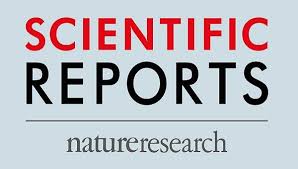
Avian influenza
 Avian influenza, also known as bird flu, affects wild birds and poultry. In rare cases, it can be transmitted to people and it has epidemic and pandemic potential. Outbreaks affect not only animal and public health but also people’s livelihoods and food security, national economies and international trade.
Avian influenza, also known as bird flu, affects wild birds and poultry. In rare cases, it can be transmitted to people and it has epidemic and pandemic potential. Outbreaks affect not only animal and public health but also people’s livelihoods and food security, national economies and international trade.
The disease is caused by infection with the avian influenza virus (AIV) which has many strains, usually classified into either high pathogenic avian influenza (HPAI) or low pathogenic avian influenza (LPAI). Pathogenicity indicates the severity of the disease if the bird contracts the virus. Several viral subtypes are transmissible to people, where it can be fatal .
Globally, from January 2003 to 30 September 2021, there were 863 cases of human infection with the avian influenza A (H5N1) virus reported from 18 countries.
Poultry trade
In poultry populations across South and Southeast Asia – where the One Health Poultry Hub is working – the circulation of avian influenza viruses is continual and high. Significant illness and death among poultry lead to substantial economic losses for the poultry industry and affect rural livelihoods and food security.
While wild birds can facilitate long-distance avian influenza spread, local poultry trade remains the most important route of viral transmission. People’s behaviour within the local poultry trade plays a role in the spread of the virus in birds and its spillover to humans. Appropriate virus containment and biosecurity measures are essential, especially in contexts where birds from diverse backgrounds mix frequently, such as live bird markets.
The Hub is undertaking virological and genomic avian influenza studies. It is also assessing how socioeconomic and cultural factors and the behaviours of people in the poultry trading networks, including chicken farmers, influence avian influenza transmission. The evidence we generate will be used to inform practice and policy at local, national and regional levels.


